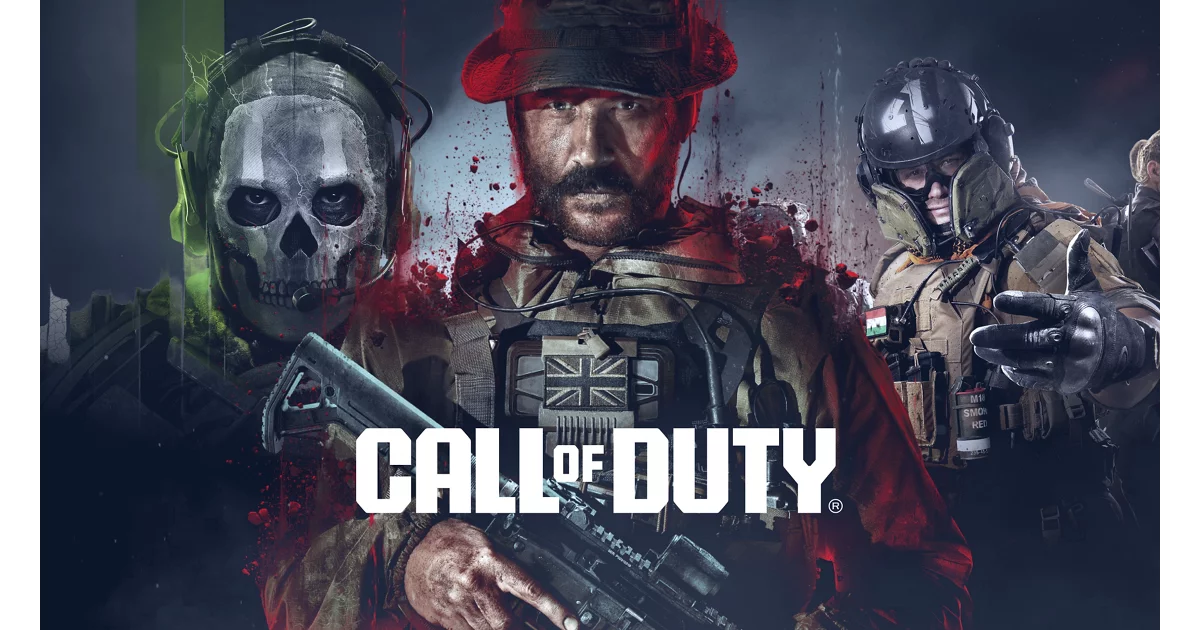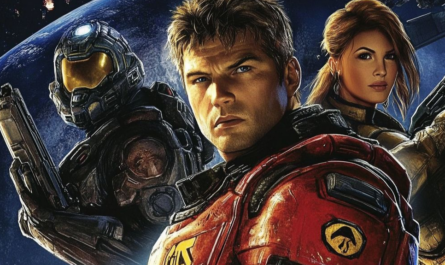When Activision released Call of Duty: Black Ops 2 in 2012, it transported players into a futuristic world set in 2025, blending action-packed gameplay with a speculative vision of global politics and technology. Over a decade later, revisiting the game reveals how Treyarch envisioned geopolitical events, technological advancements, and societal shifts in the mid-21st century. While many of the predictions remain purely fictional, they provide an intriguing look at how popular media imagines the future.
The Setting of Black Ops 2 in 2025
Black Ops 2 situates its narrative in a world experiencing the ripple effects of advanced technology and escalating global tensions. The story assumes that the early 21st century brought a series of conflicts reminiscent of historical Cold Wars, only magnified by modern innovations like drones, robots, and quantum computing.
The game begins with the second Cold War, which allegedly started in 2018. This conflict is ignited when Cordis Die, a covert terrorist organization, hacks the Chinese Stock Exchange, prompting China to restrict the sale of rare minerals. This event triggers a chain reaction, pushing global powers into a high-tech, digitally-driven conflict.
By 2025, the world in Black Ops 2 is already seven years into this futuristic warfare scenario. Unlike traditional battles of the 20th century, this war relies heavily on advanced machinery: drones conduct surveillance and attacks, robots dominate combat zones, and quantum computers can hack and control devices remotely, adding a terrifying layer of unpredictability.
Geopolitical Predictions
Treyarch’s depiction of 2025 extends beyond warfare technology to global politics and alliances:
-
China’s Strategic Defense Coalition (SDC): In response to global instability, China forms the SDC, a unified military alliance across Asia. Eleven nations, including North Korea, join—some willingly, others out of fear of Chinese expansion. The coalition demonstrates a shift toward centralized military power in Asia, echoing real-world concerns about regional security dynamics.
-
Cordis Die Terrorism: The antagonist, Raul Menendez, orchestrates high-profile assassinations, targeting the presidents of Afghanistan and France. The game portrays a scenario where cyberterrorism, coupled with drones and AI-driven weapons, escalates conflicts rapidly.
-
U.S. Counteractions: The United States responds by plotting against SDC leaders and defending its territories from drone attacks, including incidents in major cities like Los Angeles. This narrative reflects a world in which cyber and unmanned warfare dominate traditional military strategies.
The First Female President of the United States
Among Black Ops 2’s more culturally striking predictions is the fictional election of Marion Bosworth, a Democrat who becomes the first female president of the United States. In the game’s lore, she rises to power in 2021 and remains influential through 2025. Her campaign, dubbed “Bridge the Gap,” emphasizes diplomatic reconciliation with China, a storyline reflecting early 2010s hopes for female leadership and global cooperation.
Many players and commentators at the time compared Bosworth to Hillary Clinton, reflecting how the game mirrored contemporary political speculation. While purely fictional, this prediction demonstrates Treyarch’s attempt to integrate social and political trends into the futuristic narrative.
The European Union Dissolution
Black Ops 2 also imagines dramatic economic shifts in Europe. In the game’s 2025 timeline:
-
Germany and France Exit the EU: On March 14, 2025, the two largest economies leave the European Union, leading to the collapse of the euro, which loses nearly 70% of its value.
-
Return to National Currencies: Following the EU exit, Germany and France reinstate their own currencies, effectively dissolving major treaties like the Treaty of Rome and the Maastricht Treaty.
-
EU Dissolution: The European Union officially ceases to exist on September 17, 2025, creating a world with drastically altered political and economic dynamics.
While highly speculative, this scenario highlights Treyarch’s willingness to project major geopolitical upheavals into their futuristic game universe.
Advanced Technology in 2025
The game’s depiction of 2025 emphasizes a world where technology shapes both warfare and daily life. Some of the notable futuristic features include:
-
Drones and Robots: Automated drones dominate combat zones, conducting surveillance, engaging in targeted attacks, and even hijacking enemy systems. Robotic units supplement human soldiers, reducing casualties while increasing efficiency.
-
Quantum Computing in Warfare: The game imagines quantum computers being used to hack enemy devices and disrupt communication networks. This reflects early 2010s speculation about the potential military applications of quantum technology.
-
Digital Warfare: Cyberattacks, hacking, and information warfare are central to the conflict, illustrating the growing influence of technology over traditional battlefield engagements.
While these elements are exaggerated for gameplay, they show Treyarch’s attention to the intersection of technology and global conflict.
Fiction vs. Reality
Though Black Ops 2 predicted some intriguing scenarios, not all of its forecasts have materialized. For instance:
-
The European Union remains intact as of 2025, though it faces challenges.
-
Marion Bosworth is a fictional character, and no U.S. president fits her description.
-
Global conflicts have not escalated into the high-tech drone and quantum warfare depicted in the game.
However, the game remains notable for its attempt to combine realistic geopolitical speculation with thrilling gameplay. It demonstrates how popular culture often blends real-world anxieties with futuristic imagination.
Black Ops 2 as a Cultural Touchstone
Beyond its gameplay, Black Ops 2 is a lens into how society in 2012 envisioned the future. Its predictions—some plausible, some wildly imaginative—offer insights into political, social, and technological expectations. The game reflects concerns about cyberterrorism, economic instability, and AI-driven warfare, many of which continue to be relevant in 2025.
The game also illustrates the influence of video games as cultural commentary, showing that developers like Treyarch do not just create entertainment but also speculate about social, political, and technological futures.
Conclusion
Call of Duty: Black Ops 2 remains a remarkable example of speculative storytelling in video games. Its vision of 2025 includes advanced technology, AI-driven warfare, global political shifts, and groundbreaking social milestones like the first female U.S. president. While many predictions did not come to pass, the game successfully captured the fears and hopes of its era, providing both entertainment and food for thought.
By revisiting these fictional forecasts, players and analysts can explore how video games reflect societal expectations and anticipate potential challenges of the future. Black Ops 2 stands as a testament to how video games can blend action, narrative, and speculative imagination to create compelling and thought-provoking worlds.




